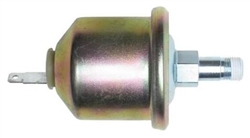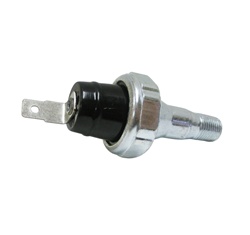I've only been able to locate a '69 BBC oil pressure sending unit looking through the usual vendors (was on NPD for$38.99), but nothing listed for '67. I did buy the brass fitting that goes into the block above the oil filter...Ground Up had it. You'd think GU would sell the sending unit too, but nope at least not in their catalog. I was only able to find a very cheap sending unit on Classic Industries for '67 Chevrolet (Chevelle not listed), for $6.99 for 1956-87 Chevrolet/Pontiac....maybe that's all that was used in '67? Hopefully, anyone with a '67 can help me on this.
Thanks,
John
Thanks,
John


